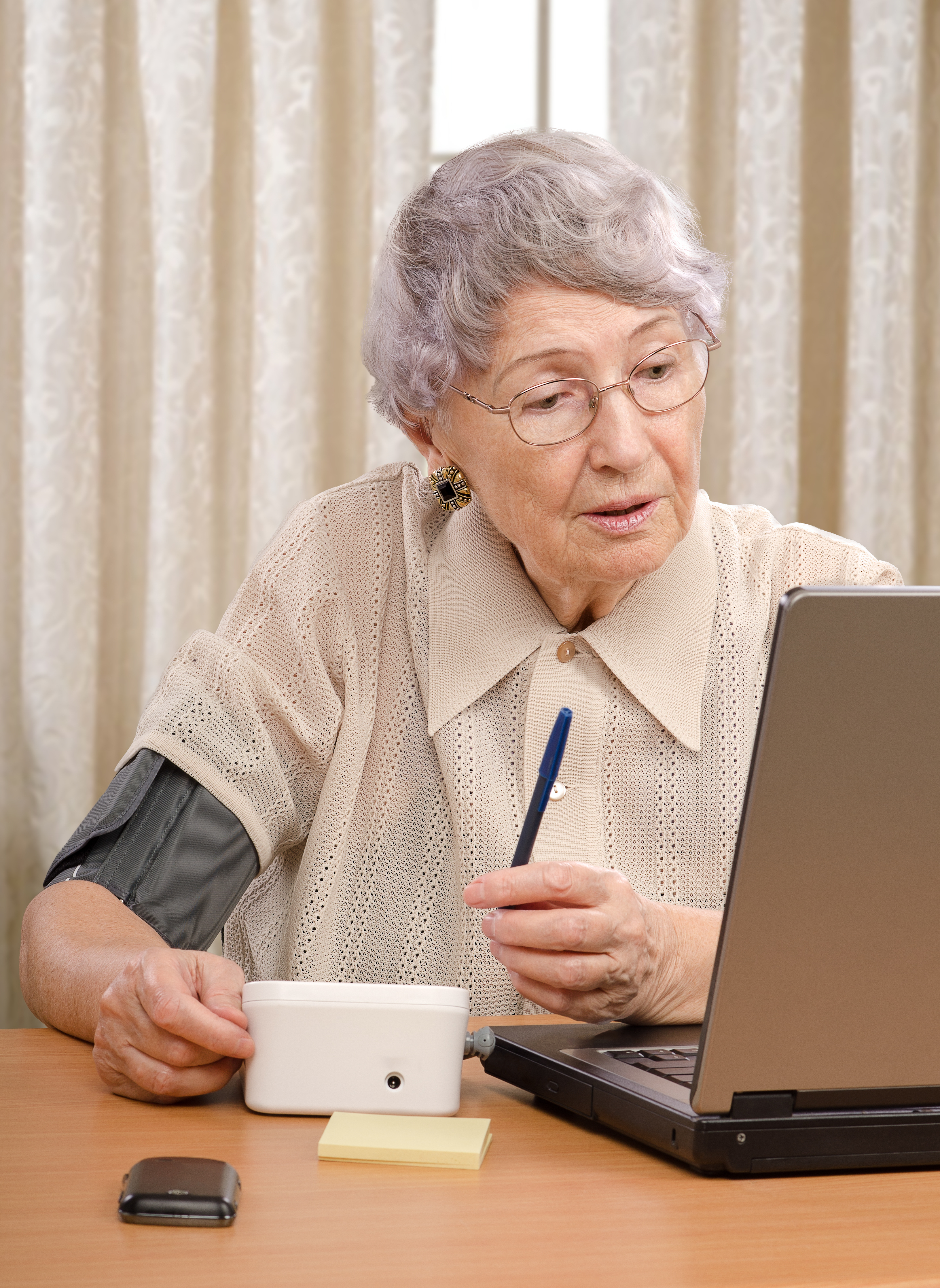Phone It In: The Rise Of Telemedicine
March 25, 2020

If you’re practicing good social distancing and quarantine etiquette, then you’re probably not venturing out of the house for your normal medical check-ups. Which doesn’t mean you don’t have questions for your physician or problems you think warrant attention. But given the stress on medical facilities and the constraints on travel, it’s likely that a visit to your primary physician or to a specialist is not in the cards for the moment. So what to do when questions or concerns arise?
In a recent post on this topic, Next Avenue offers a range of suggestions to help you sort through this dilemma. Their advice? If it’s not life-threatening, postpone a visit- and if you do feel the need to go, call first to reconfirm. While patients with cancer or other underlying illnesses may need to continue monitoring or getting lab tests, it’s likely most specialists, including dentists, physical therapists, and other supportive care, will only be seeing people on an emergency basis. And what more do they suggest? Ask your provider whether she’s started a Telemedicine practice.
According to a recent poll from the National Poll on Healthy Aging, 1 in 7 older adults (ages 50-80) said their doctor offered a telemedicine visit (using video technology to provide medical care and advice to patients in another location), but ½ of respondents were not sure if their specific physicians offered this option and only 4% had ever had such a visit. Those numbers may change significantly, however, now that the coronavirus makes it risky for patients to venture out and expose themselves. And, perhaps more importantly, Medicare has now agreed to reimburse clinicians and hospitals nationwide for telemedicine visits that would have previously taken place in person. Before COVID-19, such reimbursement was only available in limited, rural regions, but now Medicare will allow patients to visit any physician using a smartphone, tablet or computer, by such means as Skype or FaceTime. While this may not be the equivalent of an in-person visit in every case, it should go a long way to lessening the exposure for older adults and yet allowing them to stay on top of health concerns. There are, of course, concerns about the sharing of data and privacy, but given the circumstances, those legitimate concerns may need to be sidelined during this crisis. It should be clear, however, that co-pays and deductibles still apply for a telemedicine visit and the video visit may also be used for such caregivers as nutritionists, nurse practitioners and licensed social workers.
And a recent article in Consumer Reports described the growing technology options for seniors at home, especially for those who may not have a personal physician with whom they can “televisit.” For example, there are many start-ups now in place (Remedy, WestMed, and Amwell, to name a few) who can “see” you virtually without having a previous relationship and may even accept Medicare or your private insurance. If you do have private insurance, your insurer may even have its own telemedicine practice. So, before you expose yourself, get acquainted with some of the high-tech, virtual options here.







